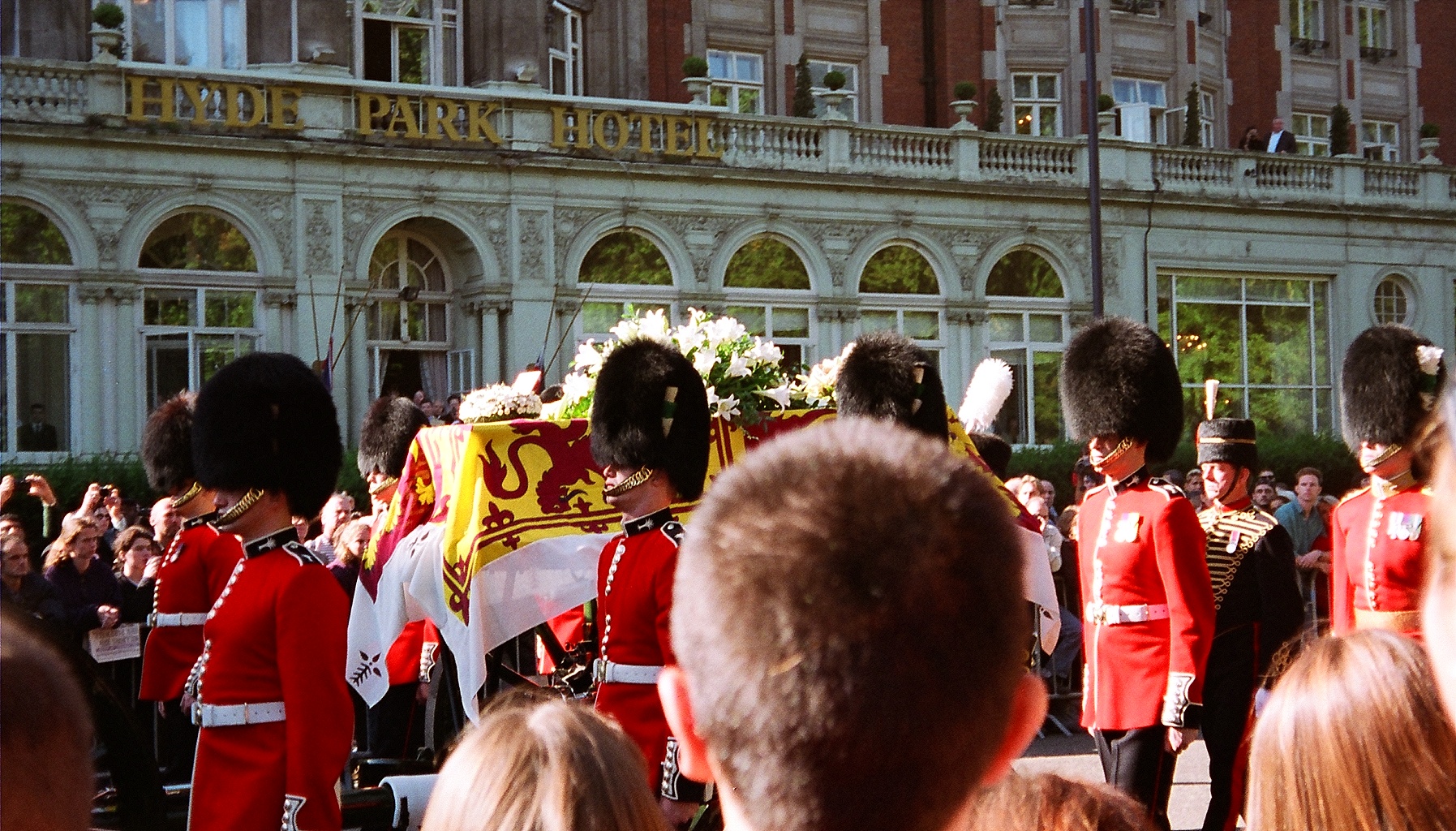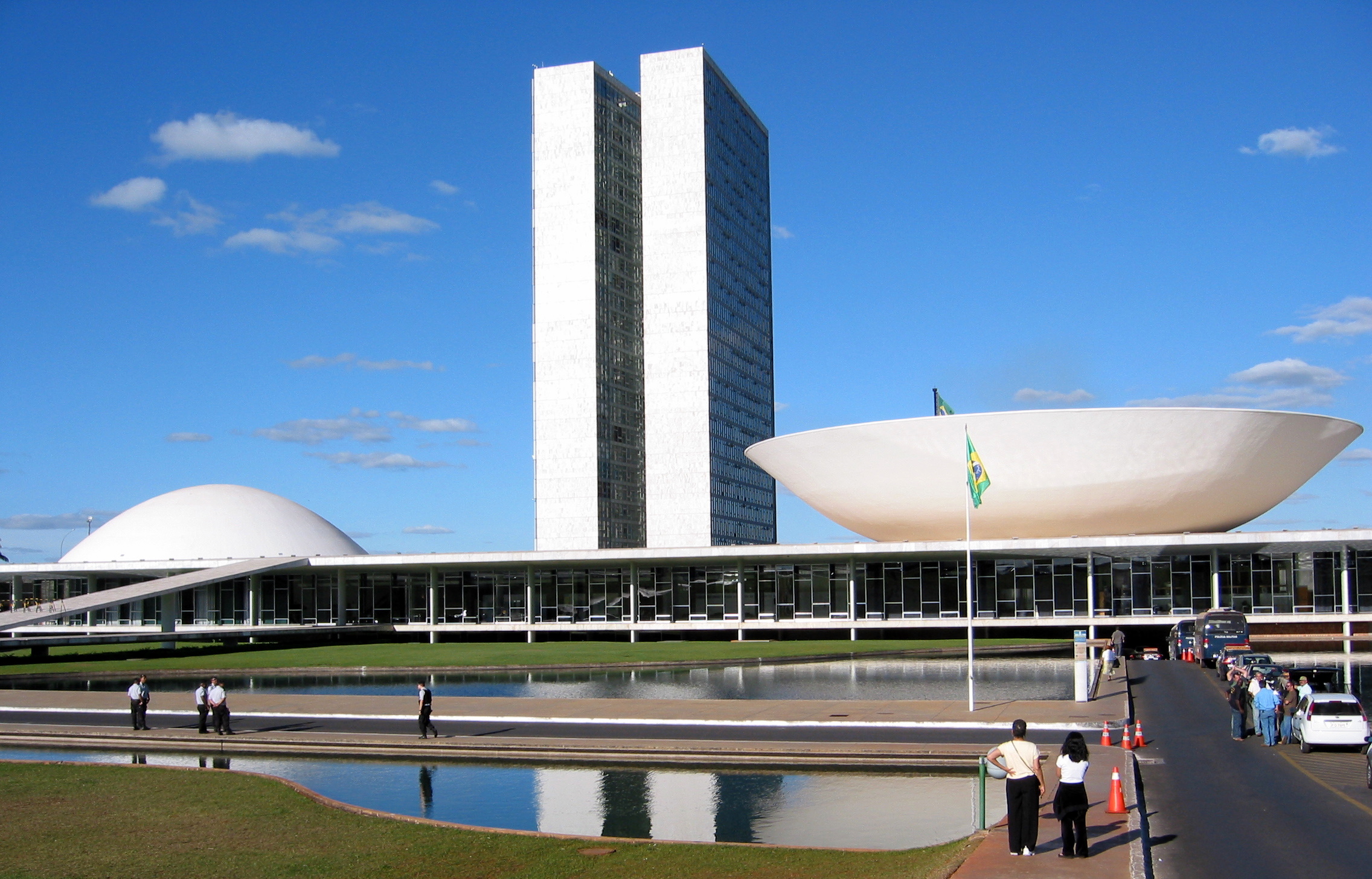|
Theories And Manifestoes Of Contemporary Architecture
Theories and Manifestoes of Contemporary Architecture is a book by historian and architectural theorist Charles Jencks who is well known for his contribution in post-modernism discourse. Jencks as the first architectural historian who claimed for the death of modernism, here shows how post-modern architecture have developed its fundamental theories. ''Theories and Manifestoes of Contemporary Architecture'' as an anthology of architectural theories consists of over 120 major theories and manifestoes that have been proposed since 1950's. The book was originally published in 1997, and then the second edition of it in 2006 by : Wiley-Academy. Dividing into six sections of Post-Modern, Post-Modern Ecology, Traditional, Late Modern, New Modern, Complexity and Chaos theory, it has covered all the main issues have been discussed the years 1955–2005 in architectural theory. See also * Architectural theory * Postmodern architecture Postmodern architecture is a style or movement ... [...More Info...] [...Related Items...] OR: [Wikipedia] [Google] [Baidu] |
Charles Jencks
Charles Alexander Jencks (21 June 1939 – 13 October 2019) was an American cultural theorist, landscape designer, architectural historian, and co-founder of the Maggie’s Cancer Care Centres. He published over thirty books and became famous in the 1980s as a theorist of Postmodernism. Jencks devoted time to landform architecture, especially in Scotland. These landscapes include the '' Garden of Cosmic Speculation'' and earthworks at Jupiter Artland outside Edinburgh. His continuing project '' Crawick Multiverse'', commissioned by the Duke of Buccleuch, opened in 2015 near Sanquhar. Early years and family life Born in Baltimore, Maryland, on June 21, 1939, Charles Alexander Jencks was the son of composer Gardner Platt Jencks and Ruth DeWitt Pearl. Jencks attended Brooks School in North Andover, Massachusetts, and received his Bachelor of Arts degree in English literature at Harvard University in 1961 and a Master of Arts degree in architecture from the Harvard Graduate Schoo ... [...More Info...] [...Related Items...] OR: [Wikipedia] [Google] [Baidu] |
Architectural Theory
Architecture is the art and technique of designing and building, as distinguished from the skills associated with construction. It is both the process and the product of sketching, conceiving, planning, designing, and constructing buildings or other structures. The term comes ; ; . Architectural works, in the material form of buildings, are often perceived as cultural symbols and as works of art. Historical civilizations are often identified with their surviving architectural achievements. The practice, which began in the prehistoric era, has been used as a way of expressing culture for civilizations on all seven continents. For this reason, architecture is considered to be a form of art. Texts on architecture have been written since ancient times. The earliest surviving text on architectural theories is the 1st century AD treatise '' De architectura'' by the Roman architect Vitruvius, according to whom a good building embodies , and (durability, utility, and beauty). Ce ... [...More Info...] [...Related Items...] OR: [Wikipedia] [Google] [Baidu] |
Postmodern Architecture
Postmodern architecture is a style or movement which emerged in the 1960s as a reaction against the austerity, formality, and lack of variety of modern architecture, particularly in the international style advocated by Philip Johnson and Henry-Russell Hitchcock. The movement was introduced by the architect and urban planner Denise Scott Brown and architectural theorist Robert Venturi in their book ''Learning from Las Vegas''. The style flourished from the 1980s through the 1990s, particularly in the work of Scott Brown & Venturi, Philip Johnson, Charles Moore and Michael Graves. In the late 1990s, it divided into a multitude of new tendencies, including high-tech architecture, neo-futurism, new classical architecture and deconstructivism. However, some buildings built after this period are still considered post-modern. Origins Postmodern architecture emerged in the 1960s as a reaction against the perceived shortcomings of modern architecture, particularly its rigid doctrines, ... [...More Info...] [...Related Items...] OR: [Wikipedia] [Google] [Baidu] |
Modern Architecture
Modern architecture, or modernist architecture, was an architectural movement or architectural style based upon new and innovative technologies of construction, particularly the use of glass, steel, and reinforced concrete; the idea that form should follow function ( functionalism); an embrace of minimalism; and a rejection of ornament. It emerged in the first half of the 20th century and became dominant after World War II until the 1980s, when it was gradually replaced as the principal style for institutional and corporate buildings by postmodern architecture. Origins File:Crystal Palace.PNG, The Crystal Palace (1851) was one of the first buildings to have cast plate glass windows supported by a cast-iron frame File:Maison François Coignet 2.jpg, The first house built of reinforced concrete, designed by François Coignet (1853) in Saint-Denis near Paris File:Home Insurance Building.JPG, The Home Insurance Building in Chicago, by William Le Baron Jenney (1884) File:Const ... [...More Info...] [...Related Items...] OR: [Wikipedia] [Google] [Baidu] |
Five Decades Of The Ironic, Iconic And Critical In Architecture
5 is a number, numeral, and glyph. 5, five or number 5 may also refer to: * AD 5, the fifth year of the AD era * 5 BC, the fifth year before the AD era Literature * ''5'' (visual novel), a 2008 visual novel by Ram * ''5'' (comics), an award-winning comics anthology * ''No. 5'' (manga), a Japanese manga by Taiyō Matsumoto * The Famous Five (novel series), a series of children's adventure novels written by English author Enid Blyton Films * ''Five'' (1951 film), a post-apocalyptic film * ''Five'' (2003 film), an Iranian documentary by Abbas Kiarostami * ''Five'' (2011 film), a comedy-drama television film * ''Five'' (2016 film), a French comedy film * Number 5, the protagonist in the film ''Short Circuit'' (1986 film) Television and radio * 5 (TV channel), a television network in the Philippines (currently known as TV5 from 2008 to 2018 and again since 2020), owned by TV5 Network, Inc. * Channel 5 (British TV channel), British free-to-air television network sometim ... [...More Info...] [...Related Items...] OR: [Wikipedia] [Google] [Baidu] |
1997 Non-fiction Books
File:1997 Events Collage.png, From left, clockwise: The movie set of ''Titanic'', the highest-grossing movie in history at the time; ''Harry Potter and the Philosopher's Stone'', is published; Comet Hale-Bopp passes by Earth and becomes one of the most observed comets of the 20th century; Golden Bauhinia Square, where sovereignty of Hong Kong is handed over from the United Kingdom to the People's Republic of China; the 1997 Central European flood kills 114 people in the Czech Republic, Poland, and Germany; Korean Air Flight 801 crashes during heavy rain on Guam, killing 229; Mars Pathfinder and Sojourner land on Mars; flowers left outside Kensington Palace following the death of Diana, Princess of Wales, in a car crash in Paris., 300x300px, thumb rect 0 0 200 200 Titanic (1997 film) rect 200 0 400 200 Harry Potter rect 400 0 600 200 Comet Hale-Bopp rect 0 200 300 400 Death of Diana, Princess of Wales rect 300 200 600 400 Handover of Hong Kong rect 0 400 200 600 Mars Pathfinder r ... [...More Info...] [...Related Items...] OR: [Wikipedia] [Google] [Baidu] |
Architecture Books
Architecture is the art and technique of designing and building, as distinguished from the skills associated with construction. It is both the process and the product of sketching, conceiving, planning, designing, and constructing buildings or other structures. The term comes ; ; . Architectural works, in the material form of buildings, are often perceived as cultural symbols and as works of art. Historical civilizations are often identified with their surviving architectural achievements. The practice, which began in the prehistoric era, has been used as a way of expressing culture for civilizations on all seven continents. For this reason, architecture is considered to be a form of art. Texts on architecture have been written since ancient times. The earliest surviving text on architectural theories is the 1st century AD treatise ''De architectura'' by the Roman architect Vitruvius, according to whom a good building embodies , and (durability, utility, and beauty). Centu ... [...More Info...] [...Related Items...] OR: [Wikipedia] [Google] [Baidu] |




